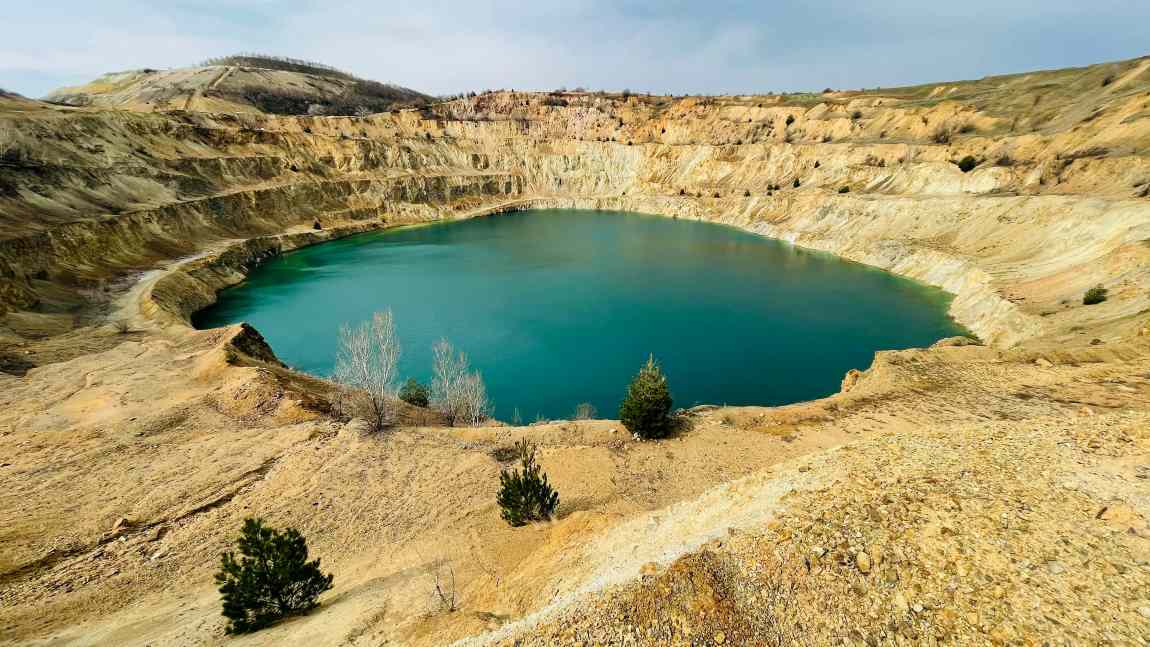Elana Kimbrell | Stanford University – Amid growing pressure to report on nature-related risks and impacts, an open-source footprinting tool offers a scientific and transparent approach.
Global economic development, while providing many benefits to people worldwide, has largely been at the expense of nature. Yet increasingly, governments, financial institutions, and companies are recognizing that this paradigm undermines the long-term viability of the global economy.
This month, these sectors and others came together at the United Nations Conference on Biodiversity (COP16) in Colombia to address the nature crisis, which is becoming widely understood as comparable to and intersecting with climate change.
As part of the increasing shift to address the decline of nature and its implications for humanity (e.g., loss of pollinators, natural flood control, carbon storage, clean and available water) there have been recent efforts, such as the Task Force on Nature-Related Financial Disclosures and the Science-Based Targets Network, to support tracking and reporting of the private sector’s nature-related impacts and dependencies (in other words, how companies not only impact nature, but depend on it).
A tool co-developed by the Stanford University-based Natural Capital Project (NatCap) and the Morgan Stanley Institute for Sustainable Investing assesses nature-related risks and opportunities from companies’ physical assets.
In a new paper published in Communications Earth & Environment, the team demonstrates this approach for eight metrics of biodiversity and ecosystem services (the benefits ecosystems provide to people), and applies it to a set of over 2000 global, publicly traded companies with 580,000 mapped physical assets.
The ecosystem services footprinting tool can provide corporate ESG (environmental, social and governance) metrics focused on impacts to nature, with greater transparency and potential for external verification than many other ESG approaches.
“This kind of information can help investors, companies, and others evaluate and act on corporate impacts on nature. We hope it can open up paths for more sustainable business decisions, such as avoiding sites with the greatest negative impacts to nature and people, or capitalizing on demand for more sustainable investments and managing risks from impacts to nature, such as the loss of social license to operate,” said Lisa Mandle, lead scientist and director of science-software integration at NatCap.
Other key takeaways
- Companies in the utility, real estate, materials, and financial sectors have the largest impacts on average, although there is substantial variation within all sectors.
- As an example of the approach, the team applied it to a set of lithium mines, which are key to the renewable energy transition. Using satellite imagery, they looked at their footprint – how much space they are taking up – and the geography of where they are located, to assess its consequences for specific benefits nature provides to people. This can help determine where this resource could be obtained most efficiently for the lowest environmental – and human – impact.
- The team found that just focusing on corporations’ biodiversity impacts is not representative of impacts to broader ecosystem services, like water quality or coastal flood risk reduction. The results emphasize the importance of using high-spatial-resolution information and understanding both ecosystem services and biodiversity values in order to accurately assess corporate impacts on nature. Framing nature-related impacts in terms of ecosystem services illuminates what changes in ecosystems and biodiversity can mean for companies, the economy, and society, and is often more material to companies than measures of biodiversity impact.
- This approach could advance ESG measures towards more comprehensively assessing the societal importance of companies’ environmental impacts, rather than only environmental risk to companies.
“We hope this open-source tool will help expand access to natural capital analytics, better connect finance and financial valuations to nature, and support the market through increased innovation,” said Matthew Slovik, managing director and head of global sustainable finance at Morgan Stanley.
Read more in this Q&A with Mandle and Slovik from 2023, when the tool was first released. The tool is publicly available here, and a case study on it is available on the Taskforce for Nature-Related Financial Disclosures website.
***
The Natural Capital Project is a global partnership based out of the Stanford Doerr School of Sustainability and its Woods Institute for the Environment, and the Stanford School of Humanities and Sciences. NatCap’s core partners are the Chinese Academy of Sciences, the Royal Swedish Academy of Sciences, Stockholm Resilience Center, the University of Minnesota, The Nature Conservancy, and WWF.
Journal Reference:
Mandle, L., Shea, A., Soth, E. et al. ‘An open-source approach for measuring corporate impacts on ecosystem services and biodiversity’, Communications Earth & Environment 5, 625 (2024). DOI: 10.1038/s43247-024-01797-7
Article Source:
Press Release/Material by Elana Kimbrell | Stanford University
Featured image: The ecosystem services footprinting tool provides an approach for quantifying the nature-related impacts of companies’ physical assets. Credit: Ogy Kovachev | Pexels




